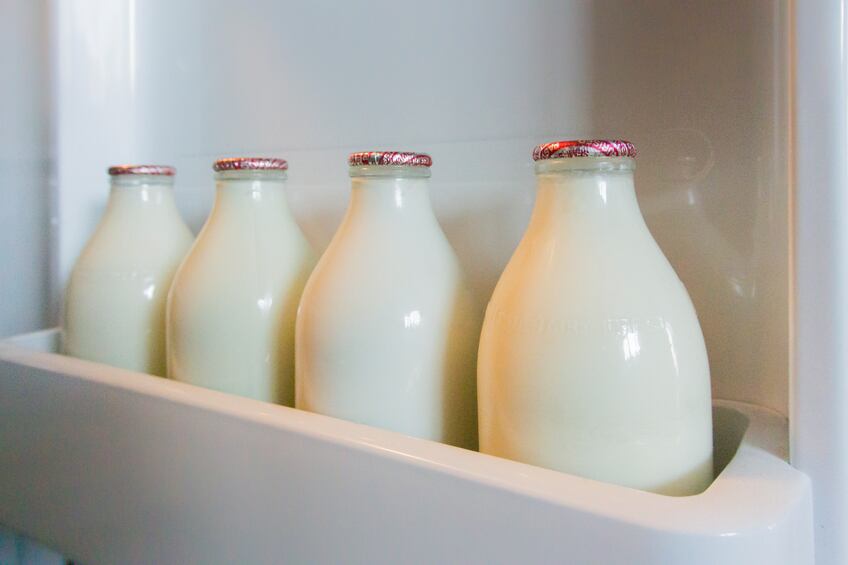Allergenic ingredients were not correctly labelled on 10% of the controlled products.
Denmark, Finland, Norway and Sweden performed allergen control in 2015, including sampling on companies producing and importing pre-packed chocolate/candy, bakery, ready-made meals and meat and fish.
Fifty products were imported from countries within the EU other than Denmark, Finland and Sweden. Nine were produced in countries outside the EU other than Norway.
In total, 351 products were analysed for milk protein (casein), egg-white protein, hazelnut, peanut and gluten when these were not declared as ingredients.
Rickard Bjerselius, a toxicologist at the Swedish National Food Agency (Livsmedelsverket), said the Nordic survey was limited but shows problems with undeclared milk in chocolate.
“As long as there are so many labelling errors, we have to inform allergic consumers about the risks and advise on what they can do to avoid being affected. An allergic reaction can, in the worst case, be life threatening to a person with severe milk allergy.”
Milk problem for chocolate and bakery
Approximately 4-6% of the population in Europe has some form of food allergy.

Milk was commonly detected in products without such declaration (12%). These were mainly chocolate/candy and bakery items.
On 3.2% of the products the list of ingredients did not match the recipe.
On eight (2.4%), a compound ingredient (e.g. vanilla cream) or a category of ingredient (e.g. bread crumbs) was used without a declaration of the allergens that these contain.
The Nordic Council of Ministers said the list of ingredients is the only aid for consumers with allergies and they cannot make an informed choice when allergenic ingredients are not transcribed.
“…We conclude that in total, at least 9,000 people within the four Nordic countries would be at risk to react to every fourth chocolate product studied and to every twentieth bakery product studied that does not declare milk as an ingredient,” it said.
“We further conclude that more than 7,000 people within the four Nordic countries would be at risk to react to 4% of chocolate/candy and bakery products studied, that do not declare hazelnut as an ingredient.”
For egg and hazelnut, the highest concentrations measured (550 mg egg-white protein/kg and 18,500 mg hazelnut/kg) were from products in which the allergenic ingredients were not correctly transcribed.
FIC and precautionary labelling
Legislation since December 2014 states allergens must be highlighted in the list of ingredients for products made after 13 December 2014 (FIC regulation) but for 18% the allergens were not highlighted in the list.
However, products controlled could have been produced before 13 December 2014 and the allergens would not have needed to be highlighted.
Anna Wedholm Pallas, advisor at the Swedish National Food Agency, said allergy sufferers must be able to trust that the labelling is correct.
"We hope that the actions we are taking now will lead to a higher level of knowledge and awareness of the food industry about allergens and the risks that result from failures in handling and labelling.”
Milk, peanut, and hazelnut were more commonly detected in products labelled with Precautionary Allergen Labelling (PAL) compared to those without.
Levels enough to trigger reaction

Certain chocolate products contained milk, hazelnut and peanut in concentrations that more than 50% of allergic consumers would react to.
The label "may contain traces of" lacks limit values and levels of allergens can vary with the same product containing different levels on different occasions.
A total of 130 products were labelled with some form of PAL warning for contamination with allergens. Chocolate/candy was most often was labelled in such a way with 73%.
The most common PAL was a “warning” for nuts (35% of the PAL products), PAL was also used for milk (16%), gluten-containing grains (13%), peanut (10%) and egg (7%).
A total of 51% of products labelled with PAL for milk contained casein above the LOD. The range was quite wide (2.7–8,800 mg casein/kg).
However, 12% of the products without PAL for milk contained milk. These were mainly items within the categories of chocolate/candy and bakery products.
All methods are based on commercially available Enzyme Linked Immunosorbent Assays (ELISAs).
For hazelnut and peanut, it was also significantly more common that PAL products contained the allergen. The range of allergen concentrations was also immense (for hazelnut it was 3.1–18,500 ppm and for peanuts it was 0.7–42,500 ppm).
There was no difference in occurrence of egg or gluten in products labelled with or without PAL.
12% of the controlled companies had not included allergens in their hazard analyses but most had an action plan for recalls (94%).
The FIC Regulation requires the EU Commission to adopt rules on voluntary labelling of any intentional or accidental presence of substances that can cause allergies or intolerances, i.e. PAL. However, no time frame for such rules has been set.
